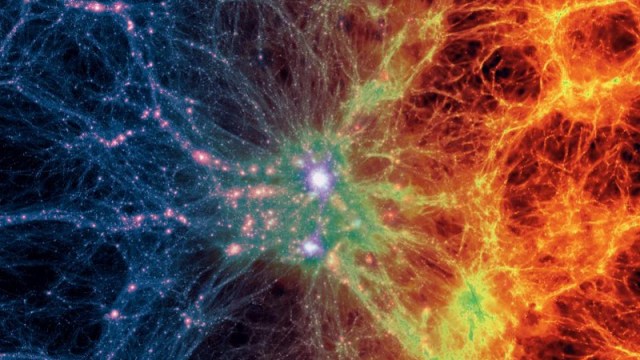The physics Nobel laureate Roger Penrose believes that the universe experiences cycles of birth and death. According to the scientist, there have been numerous Big Bangs and there will be more. Additionally, he asserts that black holes demonstrate the existence of earlier universes. These assertions are highly debatable, and not all cosmologists concur with them.
Sir Roger Penrose, an Oxford-based mathematician and physicist who earned the physics Nobel Prize in 2020, believes that our universe has undergone numerous Big Bangs and that one more is imminent.
For creating mathematical techniques that validated and enhanced Albert Einstein’s general theory of relativity, Penrose was awarded the Nobel Prize in Physics. He also received recognition for his work on black holes, which revealed how too-dense objects collapse into singularities, or points with infinite mass, when subjected to gravity.
Penrose declared that he continued to believe in “a crazy theory of mine”—that the universe will continue to expand until all matter disintegrates—as soon as he learned he had won the Prize. A second Big Bang will occur after that, creating a brand-new universe.

According to Penrose, The Big Bang was not the beginning. “There was something before the Big Bang, and that something will be our future.”
What evidence supports the physicist’s “conformal cyclic cosmology” (CCC) theory, which challenges the accepted “dogma” on the Big Bang? He claimed to have discovered six “warm” spots in the sky that were each around eight times the size of the Moon and that he termed “Hawking Points.” They bear Professor Stephen Hawking’s name since he proposed that black holes “leak” radiation before eventually dissipating. It is highly unlikely that such holes will be discovered because this might take longer than the 13.77 billion year age of the universe we live in.
Penrose (89), who works with Hawking, thinks that we can see “dead” black holes from other universes or “aeons” If this is true, it would prove that Hawking’s ideas are correct.
The physicist discovered “anomalous circular areas” in the CMB with greater temperatures in his 2020 study, which was reported in the Monthly Notices of the Royal Astronomical Society. The spots were discovered using data from the Planck 70 GHz satellite and up to 10,000 simulations.

Hot spots in Planck CMB data. Credit: ESA and the Planck Collaboration
In 2018, Penrose’s research found radiation hot spots in the CMB that were caused by black holes that were fading away. In a 2010 study, Penrose and Vahe Gurzadyan of the Yerevan Physics Institute in Armenia found evidence for cyclic cosmology in the CMB’s rings of uniform temperature. At the time, scientists thought that the rings were made by gravitational waves from black holes that merged in a universe before ours









